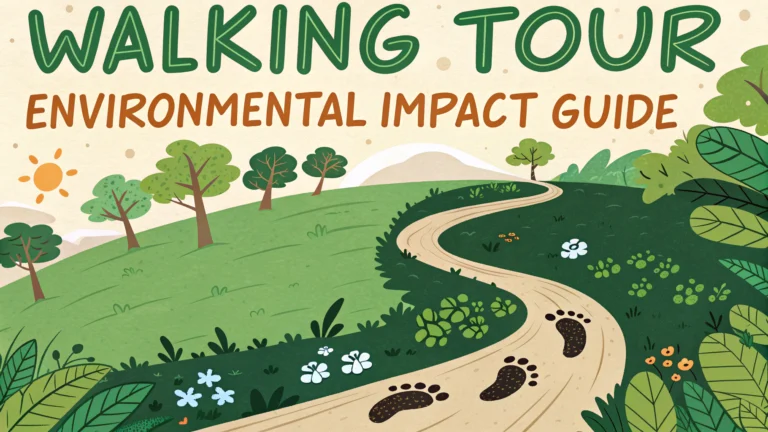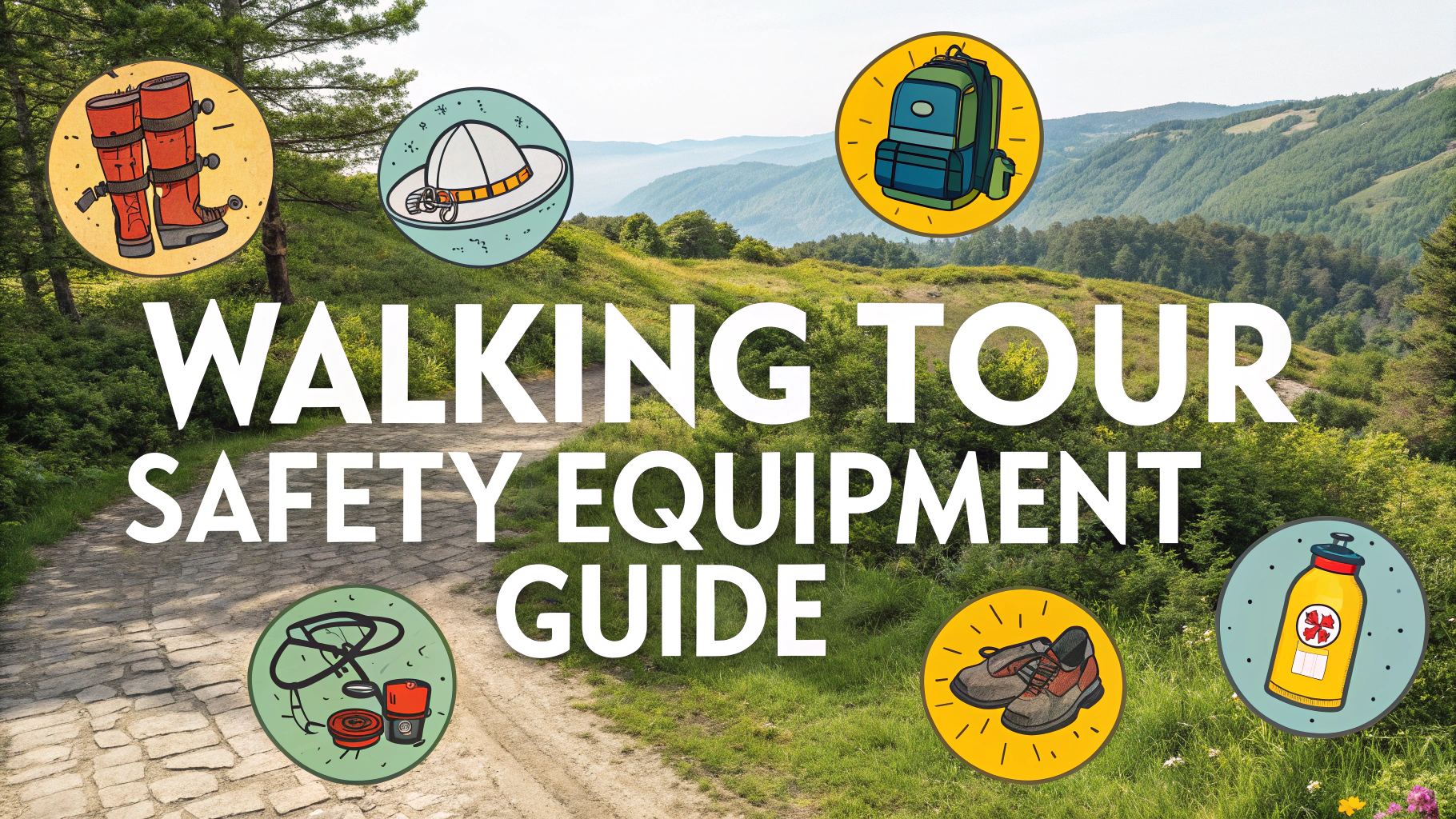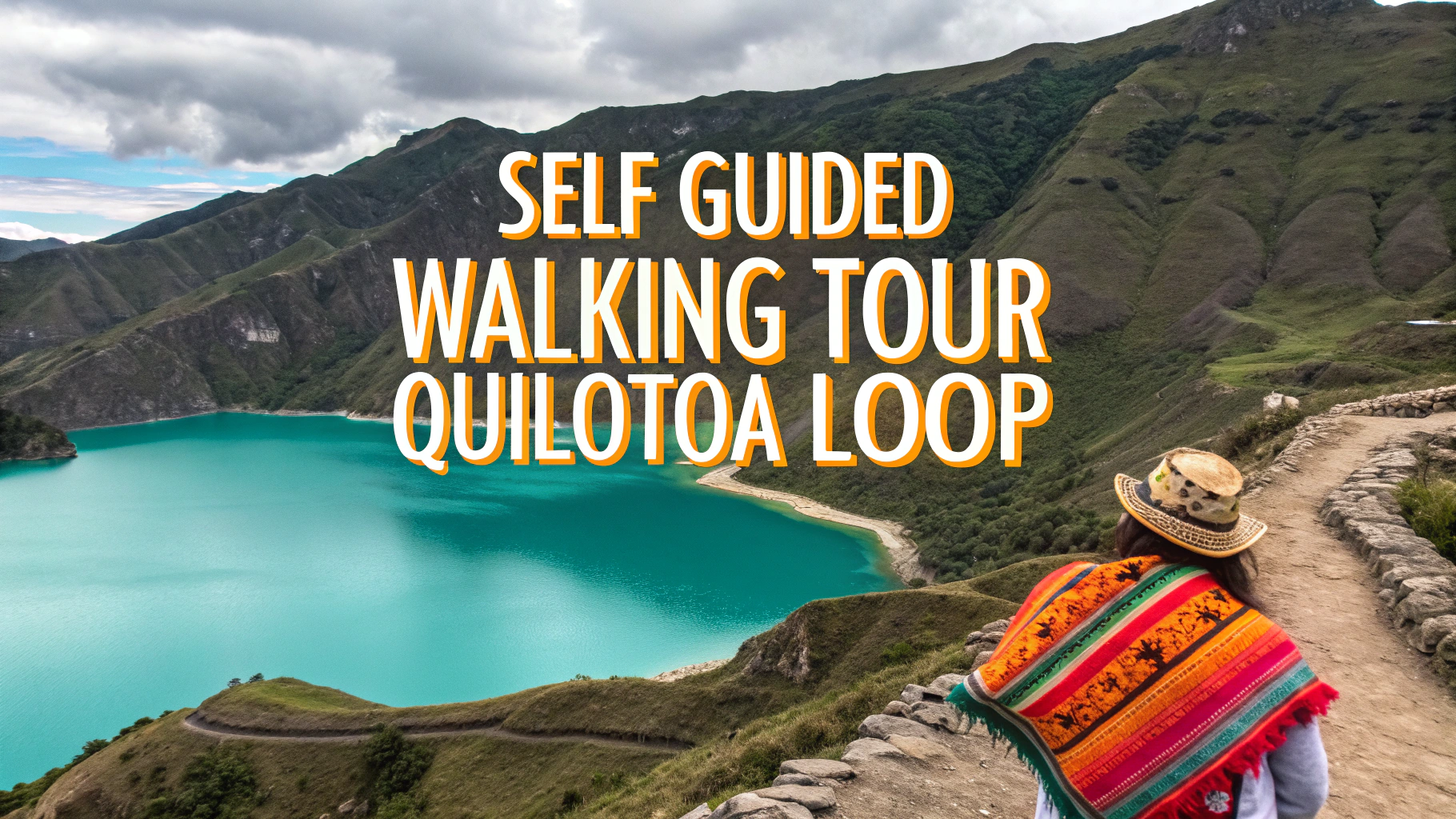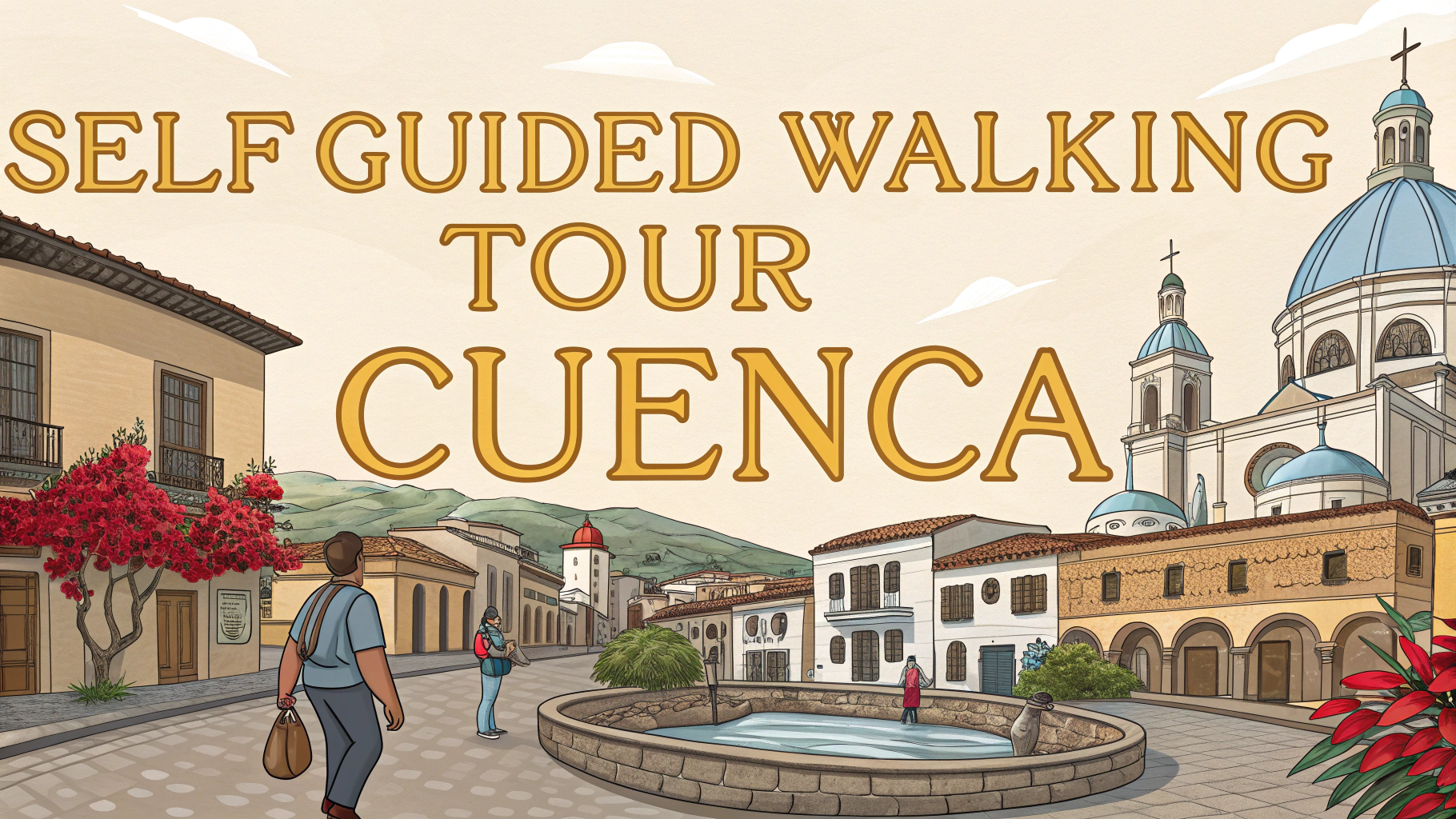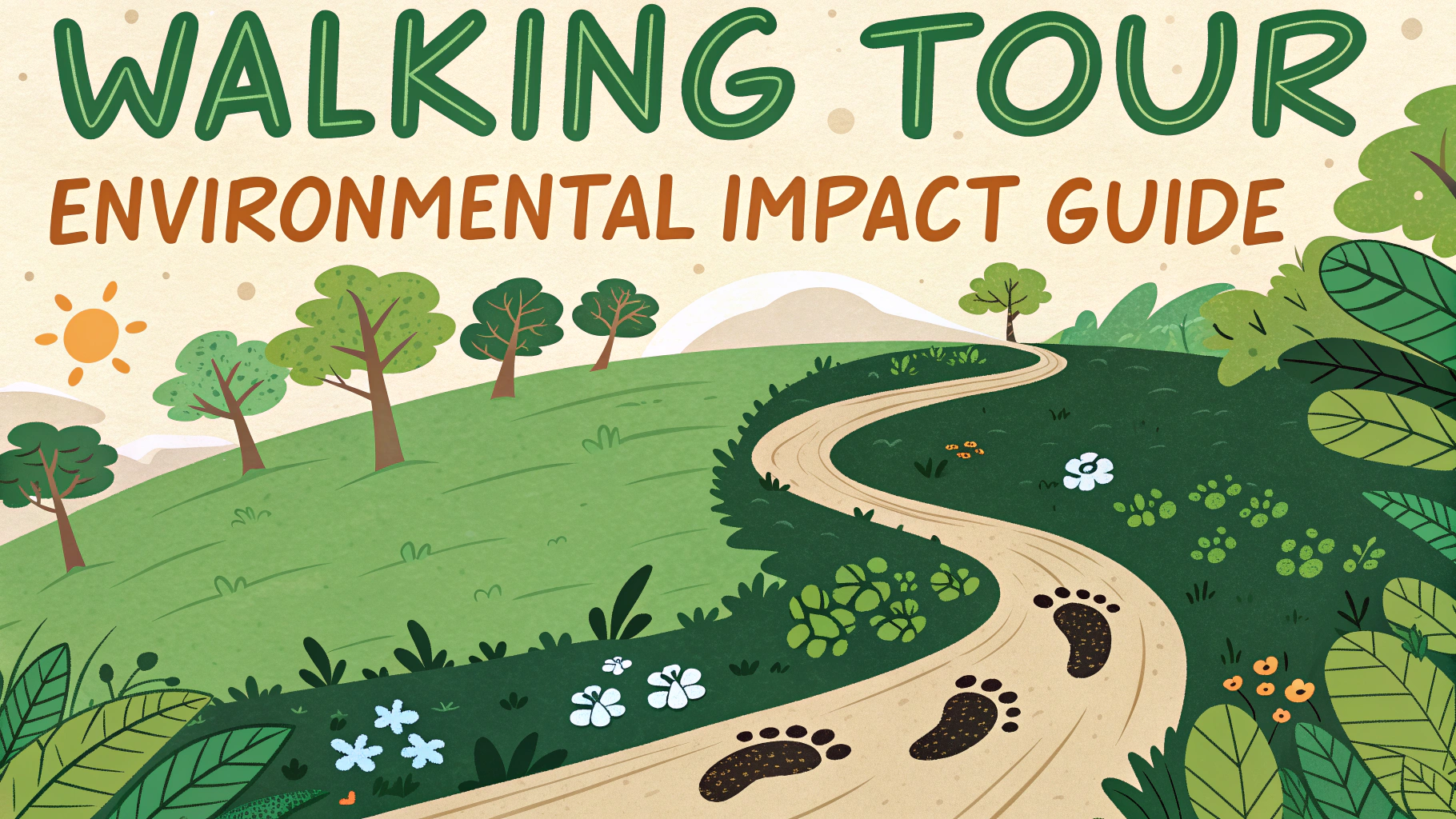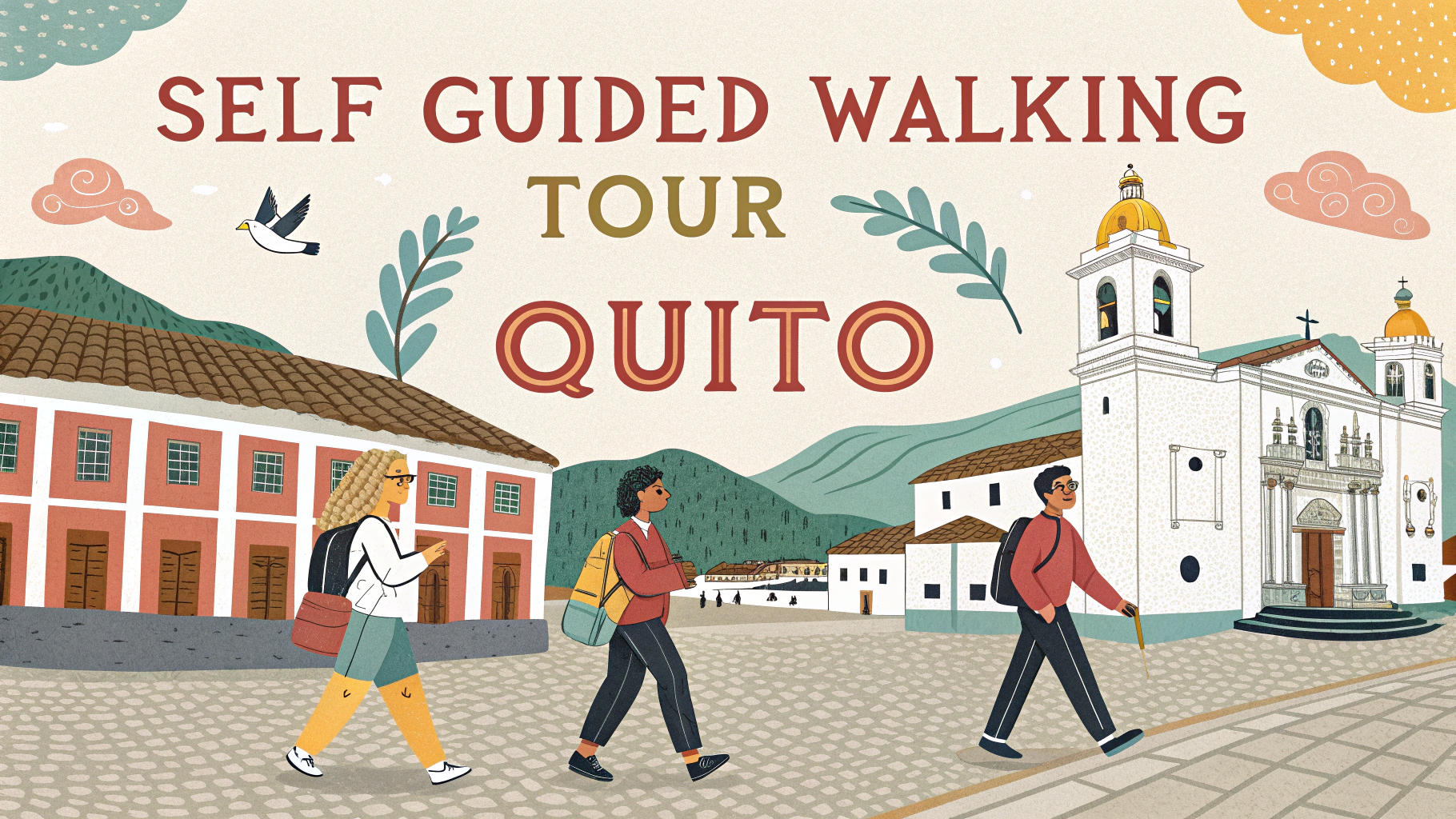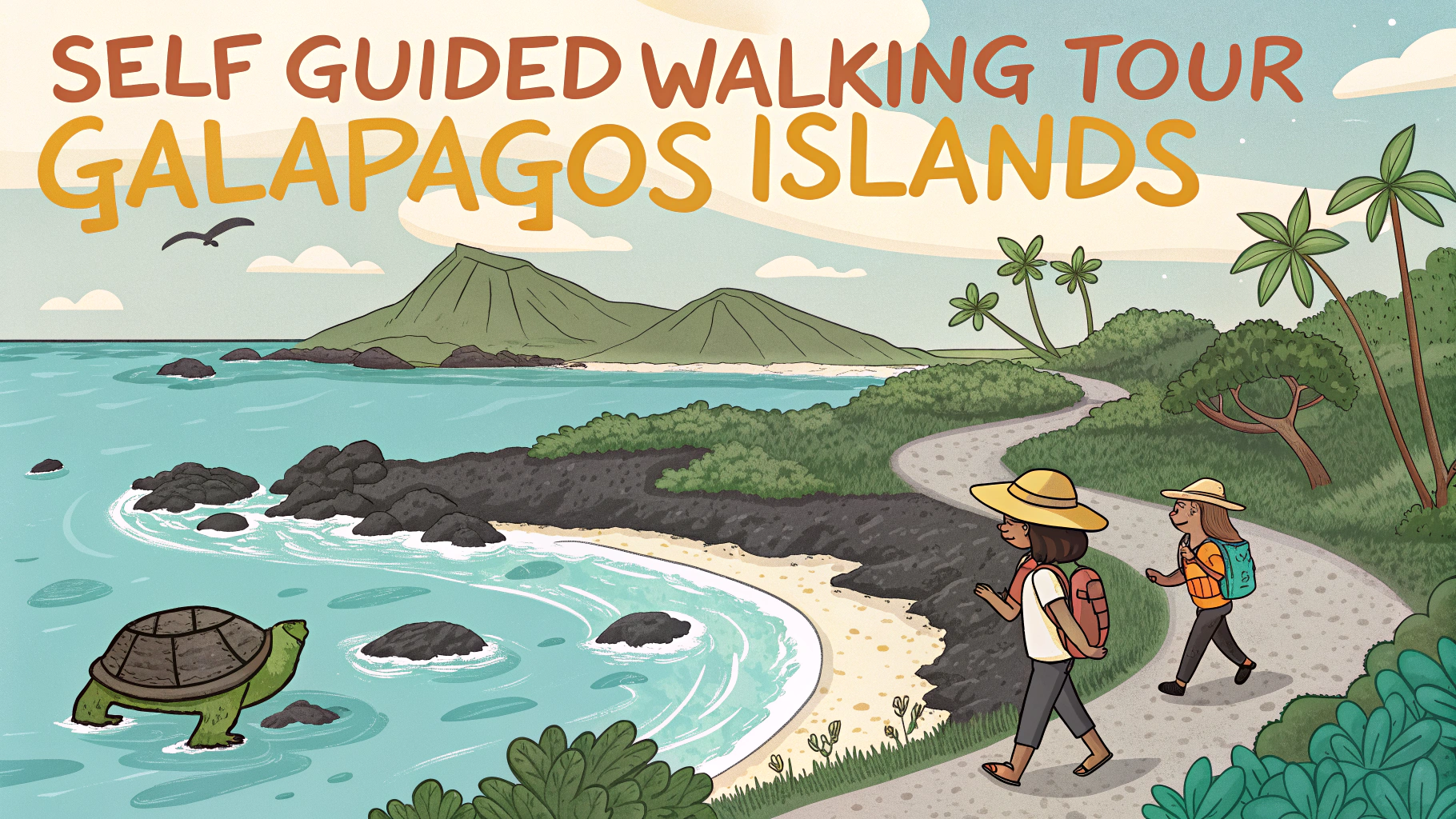Walking tours offer a low-impact way to explore new places while minimizing environmental damage.
Environmental Benefits of Walking Tours
Self-guided walking tours produce zero direct carbon emissions compared to vehicle-based tourism.
- No fuel consumption or vehicle emissions
- Reduced noise pollution
- Minimal impact on local wildlife
- Lower strain on transportation infrastructure
Tips for Eco-Friendly Walking Tours
Pack reusable water bottles and containers to eliminate single-use plastic waste.
- Stay on marked paths to protect vegetation
- Carry out all trash (including organic waste)
- Use digital maps instead of paper guides
- Support local businesses along the route
Recommended Eco-Friendly Gear
| Item | Environmental Benefit |
|---|---|
| Stainless steel water bottle | Replaces hundreds of plastic bottles |
| Solar power bank | Clean energy for devices |
| Bamboo utensils | Sustainable alternative to plastic |
Planning an Eco-Conscious Route
Research local environmental regulations and protected areas before starting your walk.
- Choose routes near public transportation hubs
- Plan stops at local markets and eco-friendly businesses
- Consider seasonal impacts on local ecosystems
- Check local conservation guidelines
Supporting Local Conservation
Connect with local environmental groups to learn about area-specific conservation needs.
- Document wildlife respectfully from a distance
- Report trail damage to local authorities
- Join local cleanup initiatives
- Share sustainable practices with other tourists
Digital Resources for Green Tourism
- Leave No Trace Center for Outdoor Ethics
- Natural England Walking Guidelines
- World Wildlife Fund Tourism Guidelines
Download offline maps and guides to reduce battery usage and dependency on mobile data.
Best Practices for Urban Walking Tours
- Use public restrooms instead of natural areas
- Support businesses with green certifications
- Choose routes with drinking water refill stations
- Avoid peak hours to reduce crowd impact
Consider joining a local walking group to share resources and minimize individual impact.
Health and Environmental Impact
Walking tours combine personal wellness with environmental stewardship, offering dual benefits for participants and ecosystems.
- Improves cardiovascular health while reducing carbon footprint
- Builds environmental awareness through direct nature contact
- Creates meaningful connections with local communities
- Promotes slow tourism and mindful travel
Seasonal Considerations
Different seasons require specific preparations to minimize environmental impact.
Spring and Summer
- Avoid nesting areas and breeding grounds
- Use biodegradable sunscreen near water bodies
- Start early to avoid wildlife feeding times
Fall and Winter
- Stay on hardened surfaces to prevent soil erosion
- Respect winter wildlife shelters
- Choose weather-appropriate routes
Community Engagement
Sustainable walking tours create opportunities for meaningful local interactions.
- Learn about traditional conservation practices
- Support indigenous tourism initiatives
- Participate in community-led nature walks
- Share ecological knowledge with fellow travelers
Conclusion
Walking tours represent an ideal blend of responsible tourism and environmental conservation. By following eco-friendly practices and engaging with local communities, travelers can explore while preserving natural and cultural heritage for future generations.
- Embrace sustainable tourism practices
- Minimize environmental impact through conscious choices
- Support local conservation efforts
- Inspire others to adopt eco-friendly travel habits
FAQs
- What makes walking tours more environmentally friendly than other types of tourism?
Walking tours produce zero direct carbon emissions, require no fossil fuels, create minimal noise pollution, and cause less physical impact on the surrounding environment compared to motorized tours or large group excursions. - How can I minimize my environmental impact during a self-guided walking tour?
Stay on marked paths, carry reusable water bottles, pack out all trash, avoid disturbing wildlife or plants, use digital maps instead of paper ones, and wear appropriate footwear to prevent trail erosion. - What are the benefits of self-guided walking tours versus guided group tours?
Self-guided tours reduce crowd impact on sensitive areas, allow flexible timing to avoid peak hours, minimize noise pollution, and eliminate the need for tour vehicles or additional infrastructure. - How do walking tours help preserve local ecosystems?
Walking tours promote low-impact tourism, help maintain existing trails rather than creating new infrastructure, reduce vehicle traffic in sensitive areas, and encourage appreciation for natural environments. - What should I consider when planning an eco-friendly walking route?
Choose established paths, avoid sensitive habitats during breeding seasons, research local regulations, plan around weather conditions to prevent trail damage, and select routes that can handle foot traffic without degradation. - How can technology help reduce the environmental impact of walking tours?
Using GPS apps, digital guides, and electronic maps reduces paper waste, while activity tracking apps can help monitor and manage trail usage patterns to prevent overuse. - What role do walking tours play in sustainable tourism?
Walking tours support sustainable tourism by minimizing resource consumption, reducing carbon footprints, supporting local economies through foot traffic to small businesses, and promoting environmental education. - How do seasonal changes affect the environmental impact of walking tours?
Wet seasons can increase trail erosion, winter conditions may require additional gear or energy use, and certain seasons may affect wildlife sensitivity, requiring adjustments to routes and timing. - What equipment should I use for environmentally conscious walking tours?
Use sustainable or recycled gear, reef-safe sunscreen if near water bodies, reusable containers for food and water, and biodegradable products whenever possible. - How can walking tours contribute to environmental conservation efforts?
Walking tours raise awareness about local ecosystems, can incorporate citizen science activities, often support conservation organizations through fees or donations, and demonstrate demand for preserved natural spaces.
